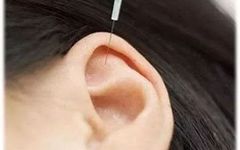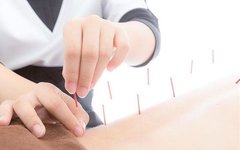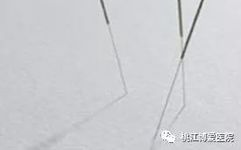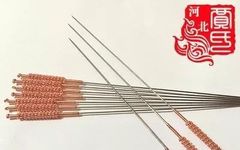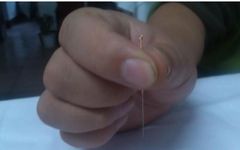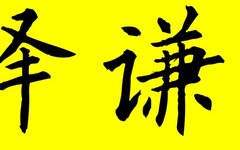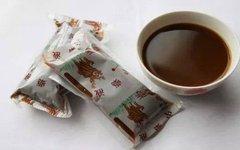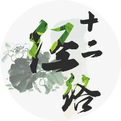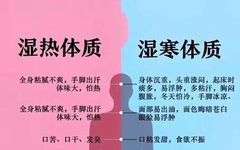Contraindications of Filiform Needle Therapy
Filiform needle therapy is the most commonly used acupuncture technique. To prevent accidental needling, attention must be paid to the following aspects: 1. Selecting the Right Needles (1) Specification: This refers to the thickness and length of the needles. Filiform needles come in six lengths: 13mm (0.5 inches), 25mm (1 inch), 40mm (1.5 inches), 50mm … Read more

